Written by Shan Yonamine, project assistant, Seattle University’s Project on Family Homelessness
Editors Note: For the last 4 years, Firesteel has partnered with Seattle University and others to advocate for homelessness through Google +Hangouts. Our partnership worked to establish the best way for outreach specifically through social media. Seattle University’s Shan Yonamine summarized the “Top 10 Social Tips” for homelessness advocacy. Shan Yonamine is a senior in strategic communications at Seattle University and project assistant at SU’s Project on Family Homelessness. She jumped into housing advocacy work when she supported the “Streetwise Revisited” project last fall at The Seattle Public Library.
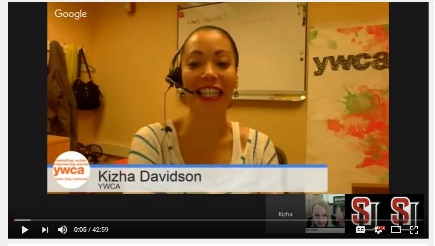
Social media can be a powerful tool for housing advocacy, and Firesteel has been teaching people all over the state how to put the power of social media to work for them. Beginning in 2013, Firesteel kicked off an annual video conference series called “Social Media 101 for Housing Advocates” via the Google+ Hangout platform, which meant anyone could watch the live video from their desktop, laptop, phone or other mobile device. Best of all, the Hangouts are archived on Firesteel’s YouTube page.
So in honor of Housing and Homelessness Advocacy Day (HHAD) 2017 on Feb. 2, I watched all four years of the Hangouts to compile this list of my favorite tips. Firesteel partnered with the Washington Low Income Housing Alliance every year. My project, the Seattle University Project on Family Homelessness, joined in, hosting a live hangout viewing group and an in-person training session afterward.

2013.Year One.
The very first Social Media 101 kicked off Feb. 6, 2013, as Erin Murphy of Firesteel and Joaquin Uy of WLIHA hosted, with Firesteel’s Denise Miller helping out behind the scenes. This training focused mainly on Facebook and Twitter as platforms for advocacy. View the full video of the 2013 “Social Media 101 Training” here
My favorite tips from 2013:
- Talk about other organizations, not just about your organization. This tip from Erin made me realize that I’m guilty of forgetting to mention our partner organizations in many of my social media posts. It’s important to mention others too, because it can help connect your friends and followers to what similar organizations are doing.
- Include a specific call to action. After people become interested in your organization through social media, said Erin, it is important to provide them with a specific “next step” that they can become more involved.

In my experience, the “next step” should be made as simple as possible. For example, I directly linked to the HHAD registration page above (and here) so it is only one click away.
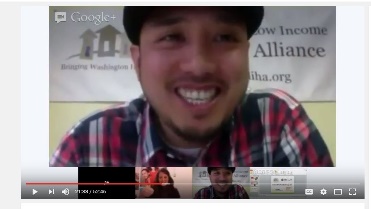
3. Become the newsmaker.
Joaquin began by talking about how social media has changed the way that we share news, moving from reliance on traditional media such as phone calls, newspapers and television news, to newer, such as email, blogs, forums, Facebook and Twitter. The benefit of these newer media is that anyone can share news in real time. In other words, anyone can be a “newsmaker.” This was powerful because I have seen it in action. While I watched Joaquin talk about this, the first thing that came to mind Sahro Farah’s story from Firesteel. When Sahro faced a doubling of her rent despite many safety code violations in her apartment, a Firesteel video about her situation went viral and helped inspire the “Carl Haglund” law, with the help of the Tenants Union and other supporters. This is just one example of how an individual can become the newsmaker using social media to create lasting change.
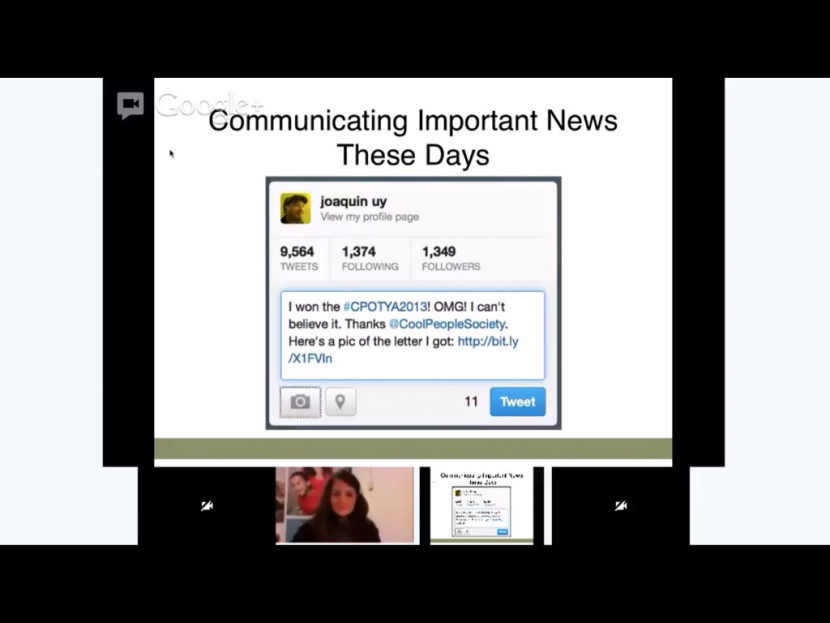
2014. Year Two.
Erin and Denise led this training on Jan. 13, 2014. (Technical difficulties meant Joaquin wasn’t able to participate, but they handled it smoothly!) They talked about the pros and cons of Facebook and Twitter, and explained why not all content is suited for both platforms.
At the end of this training, Erin emphasized that social media connects people and that it can be used to create positive buzz around an issue. She then provided an example of how one of their blog posts written by my SU predecessor Perry Firth led to a larger conversation. The late advocate Sally Santana had read the post and was inspired to write a column about it which was published in her local newspaper.
Watch the full video of the “Social Media 201 for Housing Advocates” training here.
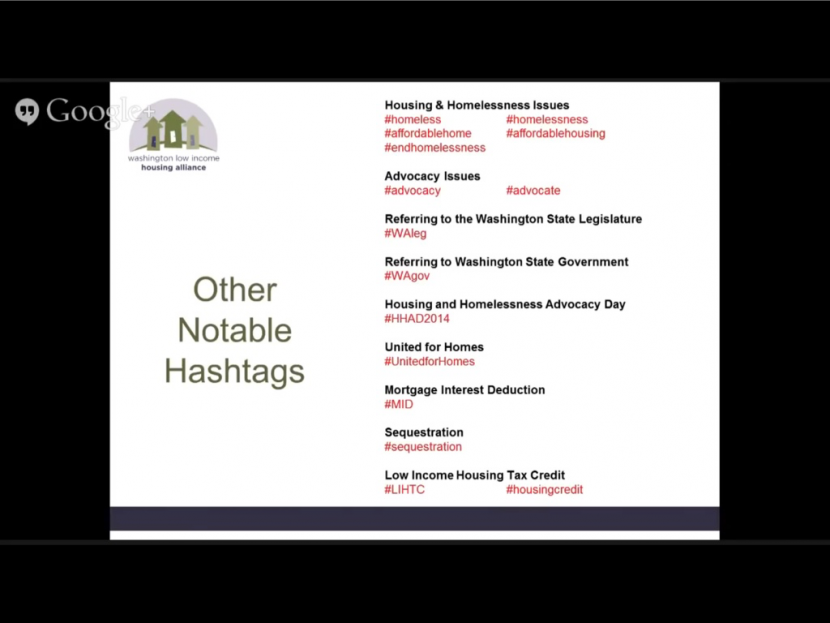
4. Use hashtags.
Erin noted that hashtags had just been introduced to Facebook but were more commonly used on Twitter. Hashtags can broaden the conversation by allowing people to search all social media postings under a single hashtag.
5. Advocate to your legislators online, publicly.
Erin explained that social media is a great way to advocate directly to your legislators. For example, if you Tweet directly at one of your legislators, everyone who follows you can see your Tweet and the legislator’s response (or if they don’t respond). According to Erin, “There’s lots of incentive for them to respond because that entire conversation — or lack of conversation — is public.”
2015.Year Three.
The team of Erin, Joaquin and Denise was back together for the third social media advocacy training on Jan. 27, 2015, providing new insights on how Facebook and Twitter can be used for advocacy. Watch the full video here.
6. You have something to say; say it!
Joaquin explained that the main thing preventing people from using Twitter is that they feel that they don’t have anything unique to say. However, Joaquin said, “you have unique thoughts” and “you should put them out there.” This really resonated with me, because being afraid to share my thoughts prevented me from using Twitter, and it was not until I joined our project that I began to use it.

7. Think of social media as a community.
Erin explained that “Social media, when done well, ultimately is about relationships and it’s about community.” Social media should not be one- sided; the main goal is to create interaction. So, instead of just posting on behalf of your organization, you should post things that will inspire conversation with others. If you post from an organization’s page, it can seem like an entity rather than a person; and without this personal connection, fewer people will be compelled to interact. So, share posts from your organization on your own social media page and offer your own personal insight within the post.
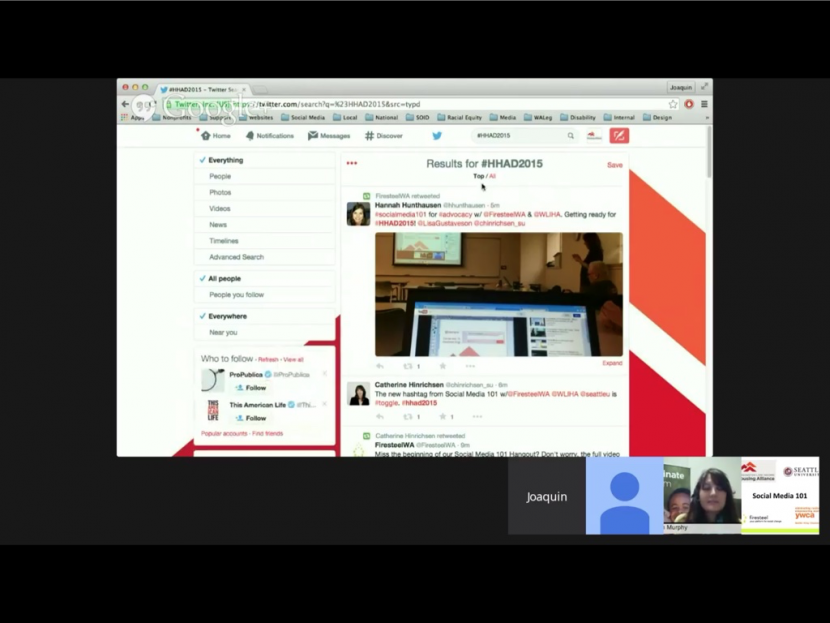
2016.Year Four.
Kizha Davidson joined Denise to host this session. The team had ambitiously planned for Reiny Cohen of WLIHA to join them from outside a legislative hearing in Olympia, but she wasn’t able to get away, so Kizha and Denise carried on without her. (One thing I noticed from watching these Hangouts is that the platform is good at letting you adapt to changing circumstances.)
8.“Like” and “follow” other advocacy organizations.
This tip from Denise seems obvious but it is one that I often overlook. In my experience, many people avoid “liking” and “following” organizations on social media because they don’t want their feed to be inundated with irrelevant information. However, I have found that most advocacy organizations only post content that is relevant to their cause. So, if you are interested in a particular cause, think about engaging with related organizations.
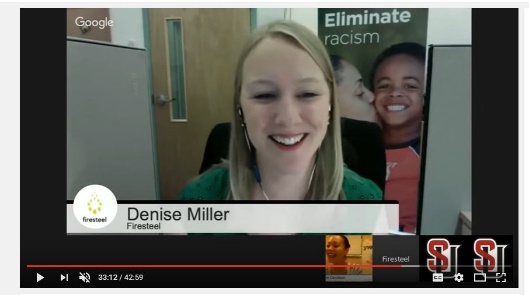
- “Invite” your friends and “share” advocacy events.
Denise showed multiple ways that you can inform your friends about events.
- The first: Directly “invite” someone to an event. The person can indicate if they are “going” or “interested,” and unless they’re “not going,” they’ll get reminders and updates about the event.
- Second: Change your profile picture to the event’s logo. Facebook will show your friends that you’ve changed your profile picture, and you can comment on this post with information about the event.
- The third is to “share” an event on your Facebook wall. Like changing your profile picture, this will notify your friends, and you’ll have an opportunity to comment about the event.
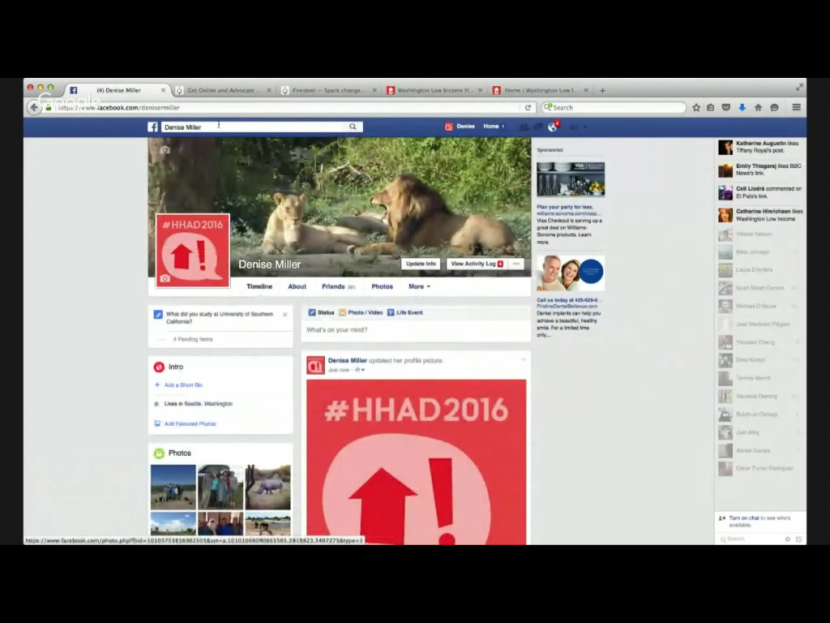
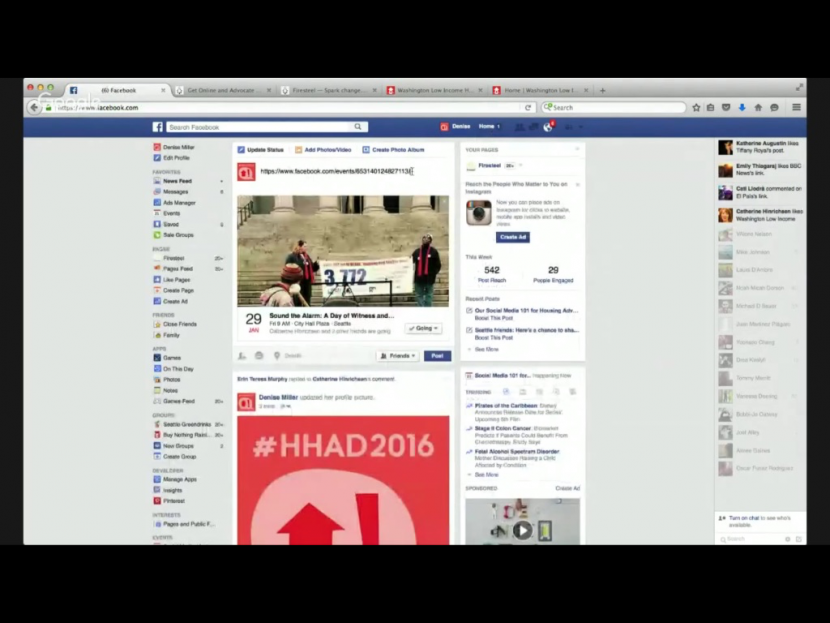
- “Retweet” other advocates and advocacy organizations.
Kizha shared this Twitter tip, expanding on what Joaquin had mentioned in an earlier training. I thought this was especially helpful for new Twitter users (like me) because “retweeting” other people is a good way to start advocating on Twitter if you’re still hesitant to generate original posts. What I often do is “retweet” advocacy organizations while also sharing my thoughts about their original Tweet. Once you become comfortable doing this, you can start generating your own content.
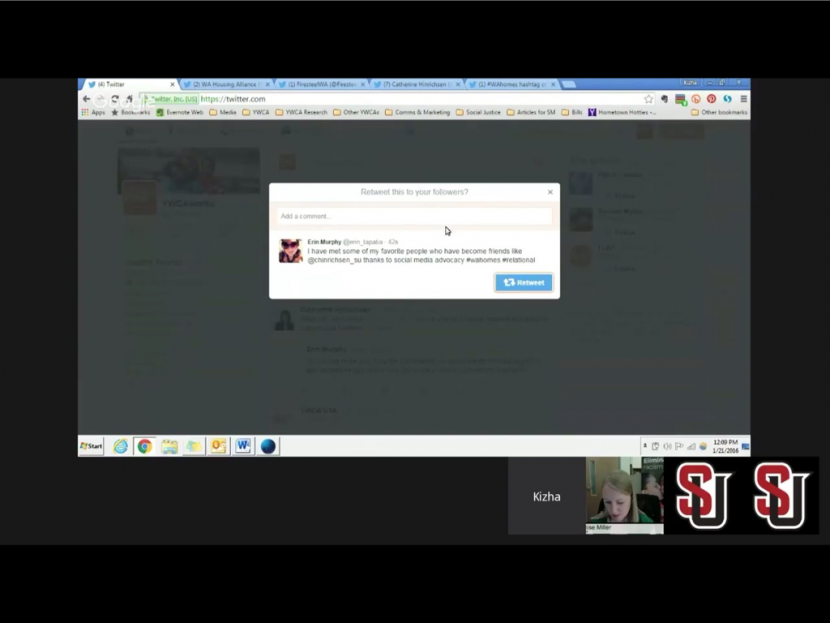
Main Takeaway: Social Media is a Tool for All
I think that there is a huge misconception that social media is only for people who are “tech savvy.” However, after watching the social media trainings from the past four years, I realized that everyone can use social media as a tool for advocacy – and not just for HHAD but all year long.
Before I joined our SU project, I always had social media accounts but I would rarely share or post anything personal or original. However, I found that when I posted content related to my work as a project assistant, the response from others was overwhelmingly positive. And when I reach out into my own community, I’m helping to find and maybe recruit other housing advocates.
What you can do:
- Use your social media skills and join advocates around the state Tuesday Jan.31 for Social Media Day of Action! Here’s how.
- Watch all the Social Media 101 Hangouts and tell us what your own favorite tips are.
- Visit the WLIHA website to learn more about #HHAD2017 and to register.
- Follow our partners WLIHA and Firesteel on Twitter to get real-time updates on their advocacy projects.
- “Like” our project page on Facebook to get news on our partners and updates on our work.
